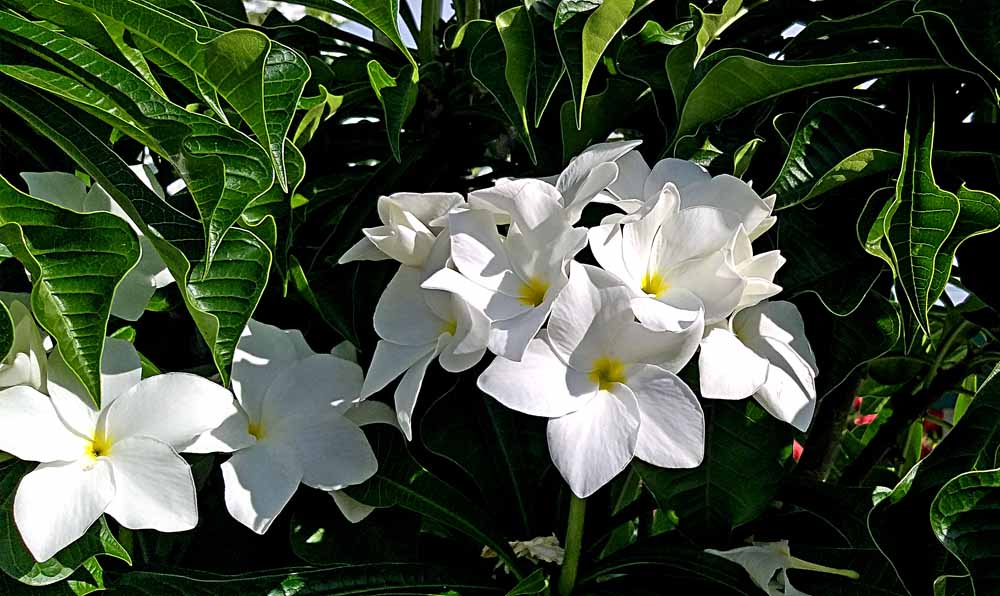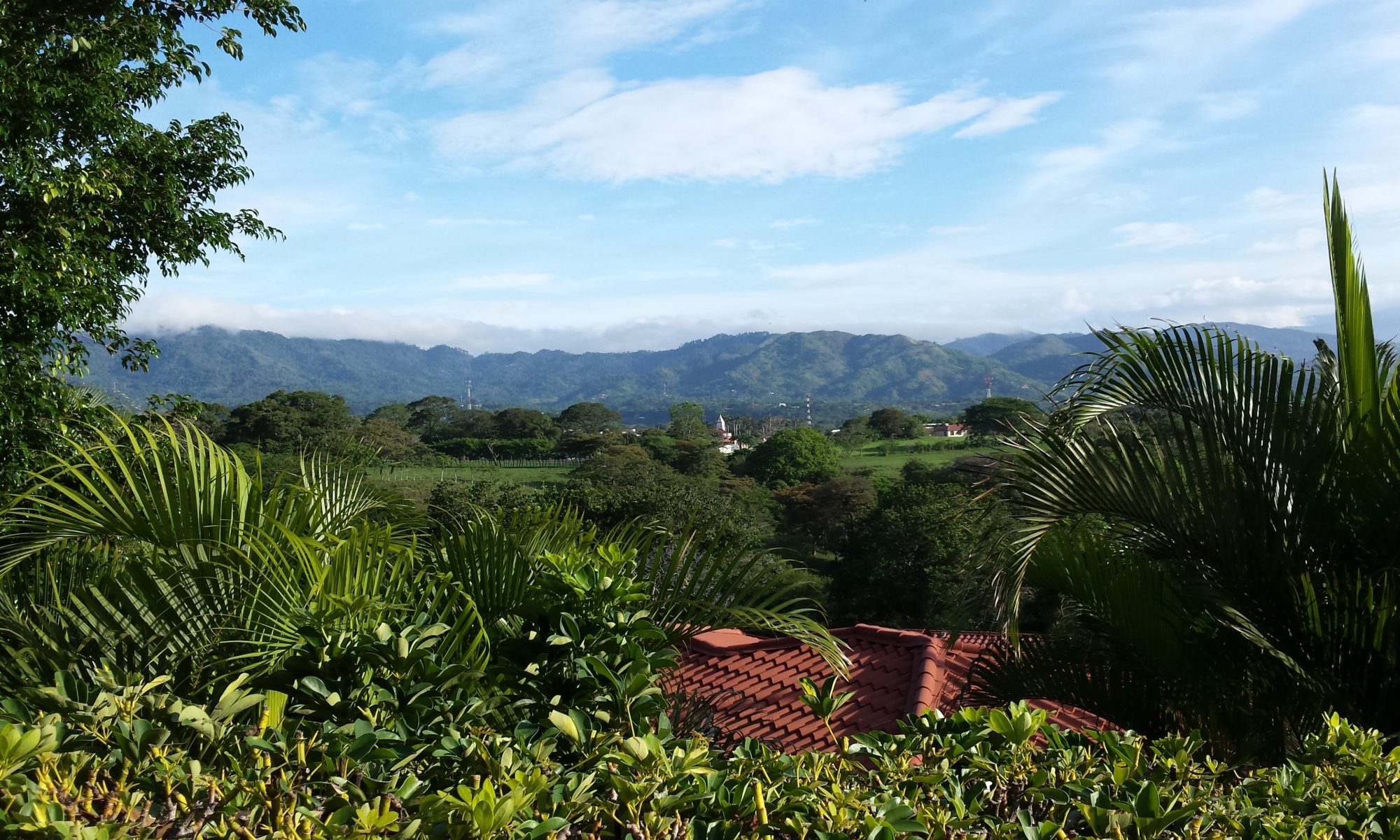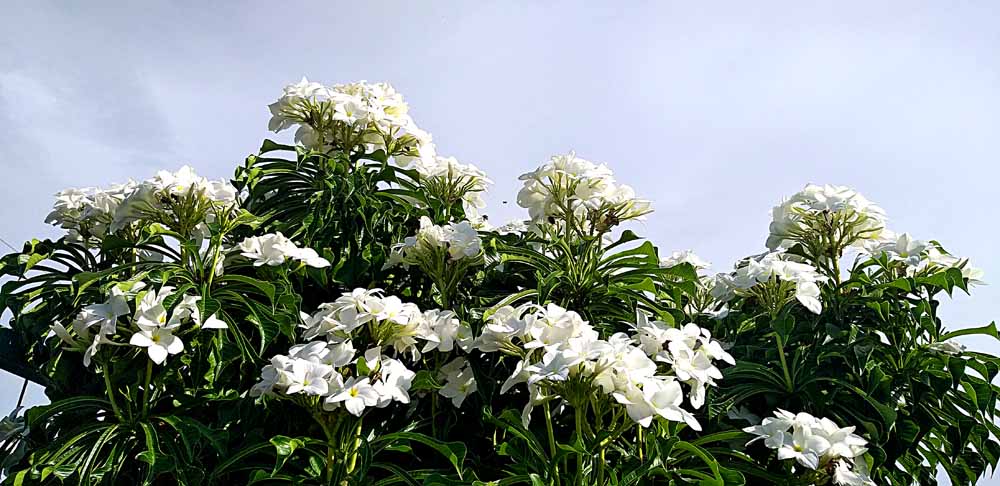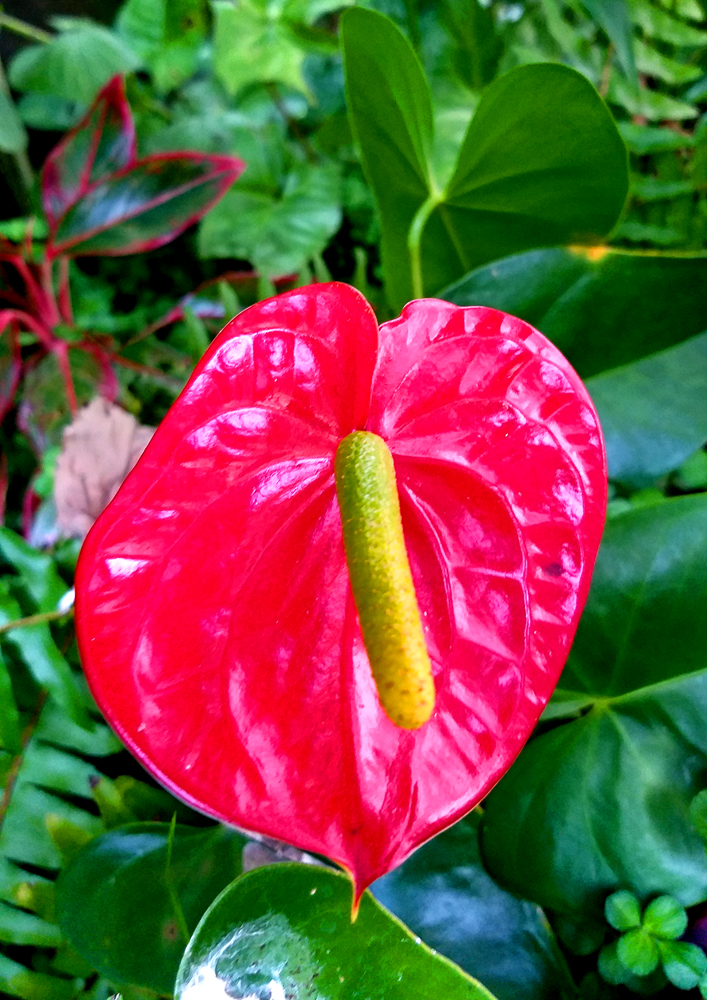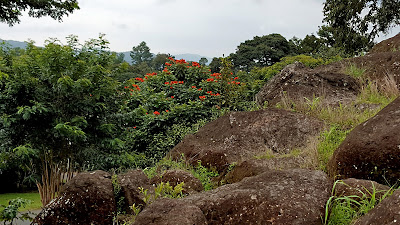 |
| Cover Plates of the first edition in 1719. |
As much as I might like to compare my adventures in this tropical rainforest to a story like The Adventures of Robinson Crusoe, possibly the first English novel, my modern conveniences and friendly natives are a completely different world than the one Daniel Defoe described on the little island near Trinidad & Tobago for Robinson’s unique adventures of surviving on the island for 28 years before rescue in the 1600’s supposedly. But I too “came to the woods” just for a different purpose.
I just read it almost as a parallel to my last year’s reading of Don Quixote, the first Spanish novel. Though lacking in many modern writing skills, it is a simple and hardy adventure story that is easy to read, with fewer boring moments than Don Quixote. Here is a good synopsis or description of the book found on Wikipedia:
Robinson Crusoe[a] /ˌrɒbɪnsən ˈkruːsoʊ/ is a novel by Daniel Defoe, first published on 25 April 1719. The first edition credited the work’s protagonist Robinson Crusoe as its author, leading many readers to believe he was a real person and the book a travelogue of true incidents.[2]
Epistolary, confessional, and didactic in form, the book is presented as an autobiography of the title character (whose birth name is Robinson Kreutznaer)—a castaway who spends twenty-eight years on a remote tropical desert island near Trinidad, encountering cannibals, captives, and mutineers, before ultimately being rescued.
The story has since been thought to be based on the life of Alexander Selkirk, a Scottish castaway who lived for four years on a Pacific island called “Más a Tierra”, now part of Chile, which was renamed Robinson Crusoe Island in 1966,[3] but various literary sources have also been suggested.
Despite its simple narrative style, Robinson Crusoe was well received in the literary world and is often credited as marking the beginning of realistic fiction as a literary genre. It is generally seen as a contender for the first English novel.[4] Before the end of 1719, the book had already run through four editions, and it has gone on to become one of the most widely published books in history, spawning numerous imitations in film, television and radio that its name was used to define a genre, Robinsonade.
 |
One of many illustrations from
many editions of the book.
Here he saves Friday’s life from
the cannibals & gains a servant. |
I went on to begin reading Defoe’s sequel to his very popular book, The Farther Adventures of Robinson Crusoe. In short, not as good! (As most sequels!) He tries to take Robinson back to the island and populate it and much is an unrealistic stretch that is more boring and less adventure than the first book. I put it down and have not finished reading it, which came as a bonus with my Amazon digital copy of the original book.
But I hardily recommend the primary book as a classic representation of adventurous & religious men of the 1600’s! To be honest, I liked it better than Don Quixote, maybe because it was shorter and easier to read and less complicated development of characters. Devout Christians will like the ultimate confessional and faith elements included in Crusoe’s story.
And how cool is it to have read the first English novel AND the first Spanish novel?! History! Life insights! Fun!
The more I read, the more complete my life feels! 🙂
¡Pura Vida! . . . Loving Life!
 |
| We come to the woods for many reasons! |
